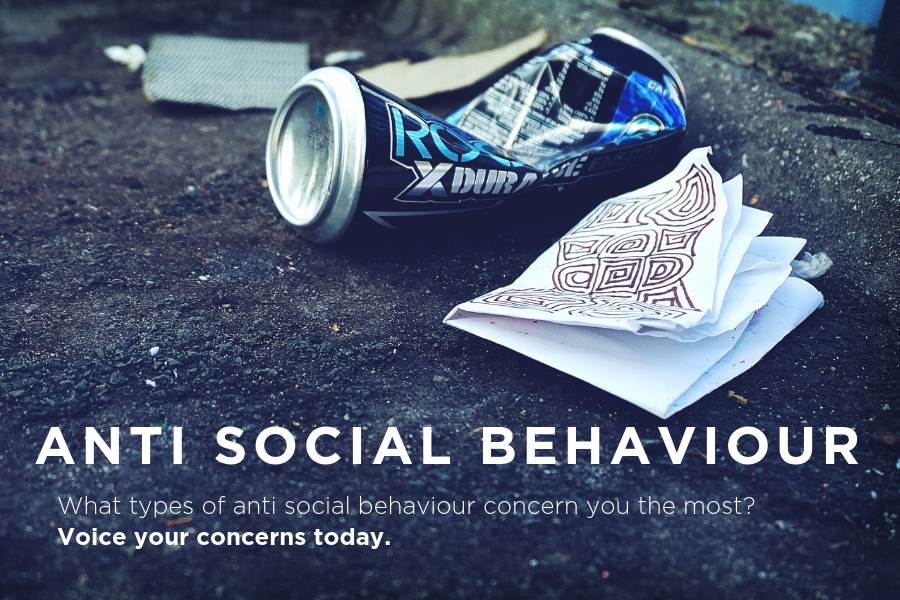Community Remedy

What is Community Remedy?
The Community Remedy was introduced by the Anti-Social Behaviour, Crime and Policing Act in October 2014. Its purpose is to provide victims with a say in the way offenders are dealt with when they commit low level and minor crimes or anti-social behaviour (ASB).
The Community Remedy document lists a variety of actions that an offender can be asked undertake to either make amends for their offence or help address the cause of their offending behaviour.
When dealing with ASB or a low level offence, the police must make reasonable efforts to obtain the views of the victim, and in particular their views as to whether the offender should carry out any of the actions listed in the Community Remedy document.
What is a low level offence?
Offences that if dealt with by the Magistrate’s Court would not result in imprisonment or long-term community sentences, such as criminal damage, low value theft, minor assaults (without injury) and anti-social behaviour.
Effective justice should reflect the nature of the crime and level of harm caused.
Is Community Remedy always used for a low level offence?
Community Remedy applies when the police decide to deal with the low level offence outside of the courts (called an Out-of-Court disposal), specifically using:
Community Resolution: A voluntary informal agreement mainly used with first-time offenders for less serious offences. Conditions can be attached to a Community Resolution, however there are no enforcement options available if the offender fails to comply.
Conditional Caution or a Youth Conditional Caution: A caution with conditions attached which aim to focus on rehabilitation and repairing the harm to the victim. If the offender fails to comply with the conditions they may be prosecuted for the original offence.
Can a victim choose any intervention / pay back?
Victims can choose from a list of options that were decided on following consultation by the Police and Crime Commissioner with the public and partnership agencies.
In the Hampshire Policing Area the current Community Remedy options are:
- Reparative Work to repair any damage caused (if agreed and led by the needs of the victim or affected parties)
- Rehabilitative or targeted intervention activity (rehabilitation, educational or diversionary activity e.g. victim awareness course; drug/alcohol awareness course)
- Restorative approach – facilitated communication between those harmed and those responsible for causing the harm (Restorative Justice and mediation)
- Apology – face to face or letter, providing the apology is wanted by the victim and considered appropriate
- Compensation: for example, to the victim for theft
If I am a victim do I have to choose from the list of options?
If the police decide to deal with an offence by way of a Community Resolution, Conditional Caution or Youth Conditional Caution you will be offered the opportunity to choose an action from the Community Remedy document – but you can choose not to and then the officer will select the most appropriate action in relation to the offence committed and your wishes.
